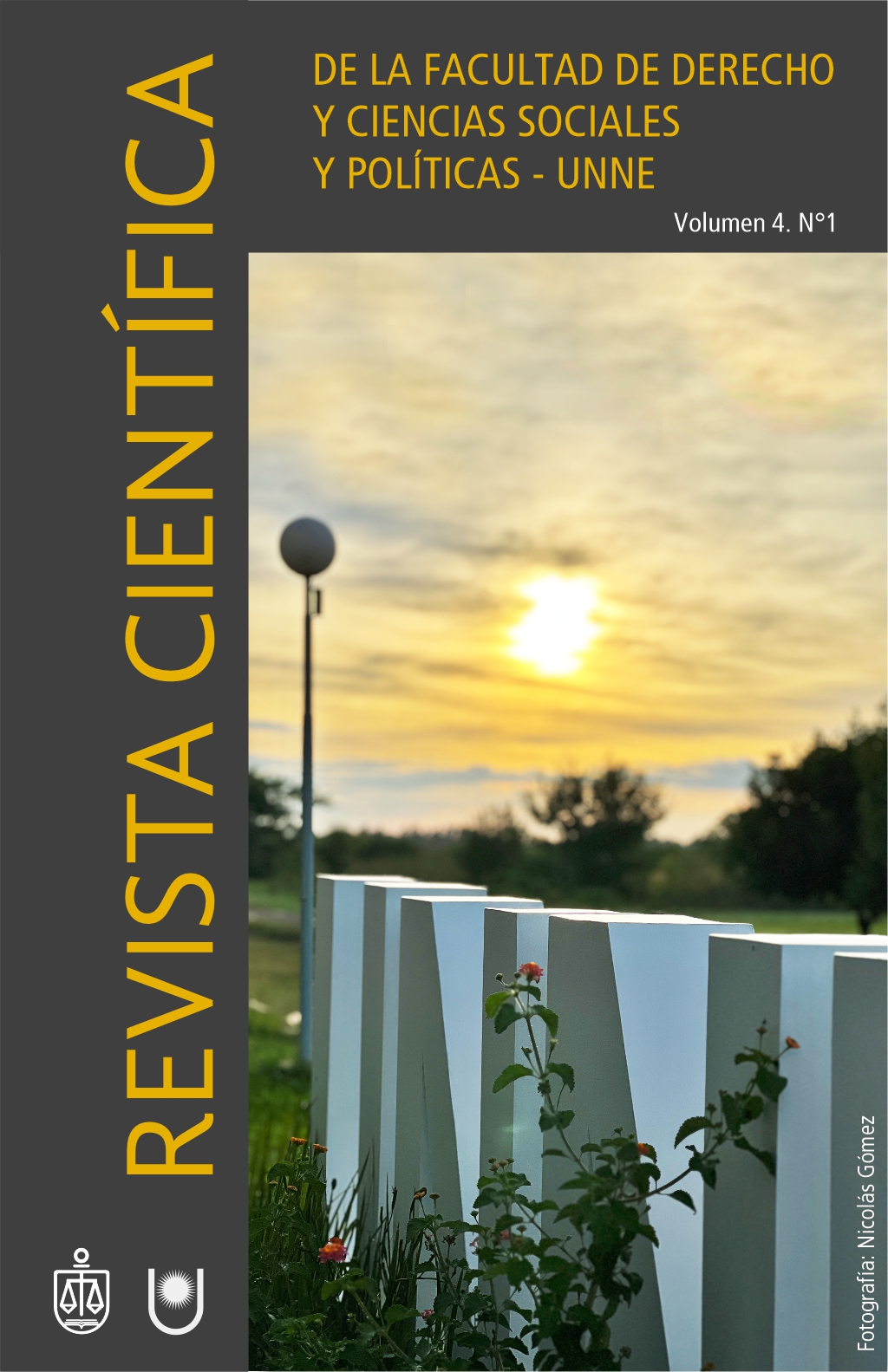The European Union’s Artificial Intelligence Act and its impact on the human rights of migrants
a critical analysis
DOI:
https://doi.org/10.30972/rcd.418114Keywords:
artificial intelligence, human rights, European Union, Migration, Surveillance,Abstract
This article critically examines the recent European Union (EU) Regulation (EU) 2024/1689 of the European Parliament and of the Council of 13 June 2024 laying down harmonised rules on artificial intelligence and amending Regulations (EC) No 300/2008, (EU) No 167/2013, (EU) No 168/2013, (EU) 2018/858, (EU) 2018/1139 and (EU) 2019/2144 and Directives 2014/90/EU, (EU) 2016/797 and (EU) 2020/1828 (Arti-ficial Intelligence Act) (hereinafter, AI Act or Artificial Intelligence Regulation) from a human rights perspective, with a particular focus on its impact on migrants and people in mobility. Through a detailed analysis of the regulatory framework and its exceptions, it is argued that the legislation establishes a differentiated regime that could compromise the fundamental rights of vulnerable populations, especially in the context of migration and border control. The study reveals how the exceptions and exemptions incorporated into the law, particularly concerning natio-nal security and migration control, could facilitate discriminatory surveillance practices and undermine protections intended for other areas of application, creating tensions with other European regulatory frameworks such as those for interoperability and data protection
References
Access Now. (2023). EU AI Act: Migration. [Policy Brief]. https://www.accessnow.org/publication/eu-ai-act-migration/
Beduschi, A. (2021). International migration management in the age of artificial intelligence. Migration Studies, 9(3), 1296-1317. https://doi.org/10.1093/migration/mnab006
Benjamin, R. (2019). Race After Technology: Abolitionist Tools for the New Jim Code. Polity Press.
Bigo, D. (2002). Security and Immigration: Toward a Critique of the Governmentality of Unease. Alternatives, 27(1_suppl), 63-92. https://doi.org/10.1177/03043754020270S105
Broeders, D. (2007). The New Digital Borders of Europe: EU Databases and the Surveillance of Irregular Migrants. International Sociology, 22(1), 71-92. https://doi.org/10.1177/026858090707012
Buolamwini, J., & Gebru, T. (2018). Gender Shades: Intersectional Accuracy Disparities in Commercial Gender Classification. Proceedings of Machine Learning Research, 81, 1–15. http://proceedings.mlr.press/v81/buolamwini18a.html
Buzan, B., Wæver, O., & de Wilde, J. (1998). Security: A New Framework for Analysis. Lynne Rienner Publishers.
De Giorgi, A. (2010). Immigration control, post-Fordism, and less eligibility: A materialist critique of the criminalization of immigration across Europe. Punishment & Society, 12(2), 147-167. https://doi.org/10.1177/1462474509357378
Dencik, L., Hintz, A., Redden, J., & Treré, E. (2019). Exploring Data Justice: Conceptions, Applications and Directions. Information, Communication & Society, 22(7), 873-881. https://doi.org/10.1080/1369118X.2018.1551423
EDRi (European Digital Rights). (2023). National security exemption in the AI Act: A free pass for rights violations? https://edri.org/our-work/national-security-exemption-in-the-ai-act-a-free-pass-for-rights-violations/
Eubanks, V. (2018). Automating Inequality: How High-Tech Tools Profile, Police, and Punish the Poor. St. Martin's Press.
Guild, E. (2023). The EU’s AI Act and its consequences for the Area of Freedom, Security and Justice. CEPS Policy Brief. https://www.ceps.eu/ceps-publications/the-eus-ai-act-and-its-consequences-for-the-area-of-freedom-security-and-justice/
Hayes, B. (2019). Automated suspicion: The EU's new travel surveillance initiatives. Statewatch Analysis. https://www.statewatch.org/analyses/no-338-automated-suspicion-the-eu-s-new-travel-surveillance-initiatives/
Hoofnagle, C. J., van der Sloot, B., & Zuiderveen Borgesius, F. (2019). The European Union general data protection regulation: what it is and what it means. Information & Communications Technology Law, 28(1), 65-98. https://doi.org/10.1080/13600834.2019.1573501
Isin, E., & Ruppert, E. (2015). Being Digital Citizens. Rowman & Littlefield International.
Lyon, D. (2019). Surveillance Capitalism, Surveillance Culture and Data Politics. En D. Bigo, E. Isin, & E. Ruppert (Eds.), Data Politics: Worlds, Subjects, Rights. Routledge.
Molnar, P., & Gill, L. (2022). Bots at the Gate: A Human Rights Analysis of Automated Decision-Making in Canada’s Immigration and Refugee System. Citizen Lab Research Report No. 142. https://citizenlab.ca/2022/09/bots-at-the-gate-a-human-rights-analysis-of-automated-decision-making-in-canadas-immigration-and-refugee-system/
NIST (National Institute of Standards and Technology). (2019). Face Recognition Vendor Test (FRVT) Part 3: Demographic Effects. NISTIR 8280. https://nvlpubs.nist.gov/nistpubs/ir/2019/NIST.IR.8280.pdf
Noble, S. U. (2018). Algorithms of Oppression: How Search Engines Reinforce Racism. NYU Press.
PICUM (Platform for International Cooperation on Undocumented Migrants). (2023). PICUM’s recommendations on the EU AI Act. https://picum.org/resource/picums-recommendations-on-the-eu-ai-act/
Ryan, M., & Leufer, K. (2023). The EU AI Act’s high-risk classification: Is it fit for purpose? Computer Law & Security Review, 50, 105853. https://doi.org/10.1016/j.clsr.2023.105853
Smuha, N. A., Ahmed-Ghosh, H., Aleksandrova, A., Cobbe, J., Demetis, D. S., Fanni, R., ... & Veale, M. (2021). How the EU Can Achieve Legally Trustworthy AI: A Response to the European Commission’s Proposal for an Artificial Intelligence Act. SSRN Electronic Journal. https://doi.org/10.2139/ssrn.3899991
Statewatch. (2023). EU: Artificial Intelligence Act risks embedding discrimination and surveillance. https://www.statewatch.org/news/2023/december/eu-artificial-intelligence-act-risks-embedding-discrimination-and-surveillance/
Stumpf, J. (2006). The Crimmigration Crisis: Immigrants, Crime, and Sovereign Power. American University Law Review, 56(2), 367-419. https://digitalcommons.wcl.american.edu/aulr/vol56/iss2/3/
Veale, M., & Zuiderveen Borgesius, F. (2021). Demystifying the Draft EU Artificial Intelligence Act. Computer Law Review International, 22(4), 97-112. https://doi.org/10.9785/cri-2021-220402
Zuboff, S. (2019). The Age of Surveillance Capitalism: The Fight for a Human Future at the New Frontier of Power. Profile Books.
Downloads
Published
Versions
- 2025-06-30 (3)
- 2025-05-19 (2)
- 2025-05-19 (1)
How to Cite
License
Copyright (c) 2025 Daiana Estefanía Yovan

This work is licensed under a Creative Commons Attribution-NonCommercial 4.0 International License.







52.jpg)






